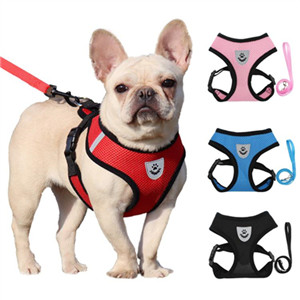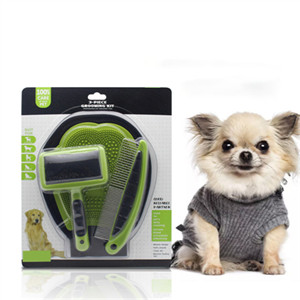Dog harnesses offer several benefits over traditional collars, especially when it comes to walking, training, and the overall well-being of your dog. Here are some of the key advantages of using a dog harness:
- Improved Control: A harness distributes pressure evenly across your dog’s chest and back rather than concentrating it on the neck, as collars do. This design gives you better control over your dog, making it easier to manage and guide them during walks.
- Reduced Choking and Strain: Traditional collars can cause choking or neck strain, particularly for dogs that pull on the leash. Harnesses prevent these issues by distributing pressure more effectively, reducing the risk of injury.
- Prevention of Tracheal Damage: Pulling on a collar can lead to tracheal (windpipe) damage, especially in small dog breeds. Harnesses eliminate this risk by redirecting the force away from the neck.
- Less Risk of Escaping: Dogs are less likely to slip out of a harness compared to a collar, especially if the harness is properly fitted. This can be crucial for dogs that tend to be escape artists.
- Enhanced Safety: Some harnesses come with reflective strips or attachments for lights, improving visibility during nighttime walks and enhancing your dog’s safety.
- Comfort and Reduced Rubbing: Harnesses are generally more comfortable for dogs, as they don’t rub against the skin and fur in the same way that collars can. Many harnesses are padded to further enhance comfort.
- Training Support: Harnesses can be used as training aids, particularly for teaching dogs not to pull on the leash. Front-clip harnesses encourage dogs to walk by your side, while back-clip harnesses provide more freedom.
- Reduced Risk of Injury: For dogs with certain medical conditions, like a collapsing trachea or neck injury, harnesses are often recommended by veterinarians to minimize the risk of further injury.
- Even Distribution of Force: Dogs that have a tendency to pull when excited or anxious may benefit from a harness with a front attachment point. This design discourages pulling by redirecting the force toward the side, making it more comfortable for both the dog and the owner.
- Security for Small Dogs: Small dog breeds are more susceptible to injury from collar use due to their delicate necks. Harnesses provide a safer and more secure option for these dogs.
- Car Safety: Some harnesses can double as a seatbelt for your dog when traveling in a car, ensuring their safety and compliance with traffic laws.
When selecting a harness for your dog, ensure it fits properly and is comfortable for your pet. Consult with a veterinarian or professional dog trainer if you’re unsure which type of harness is best suited to your dog’s size, breed, and specific needs.





















